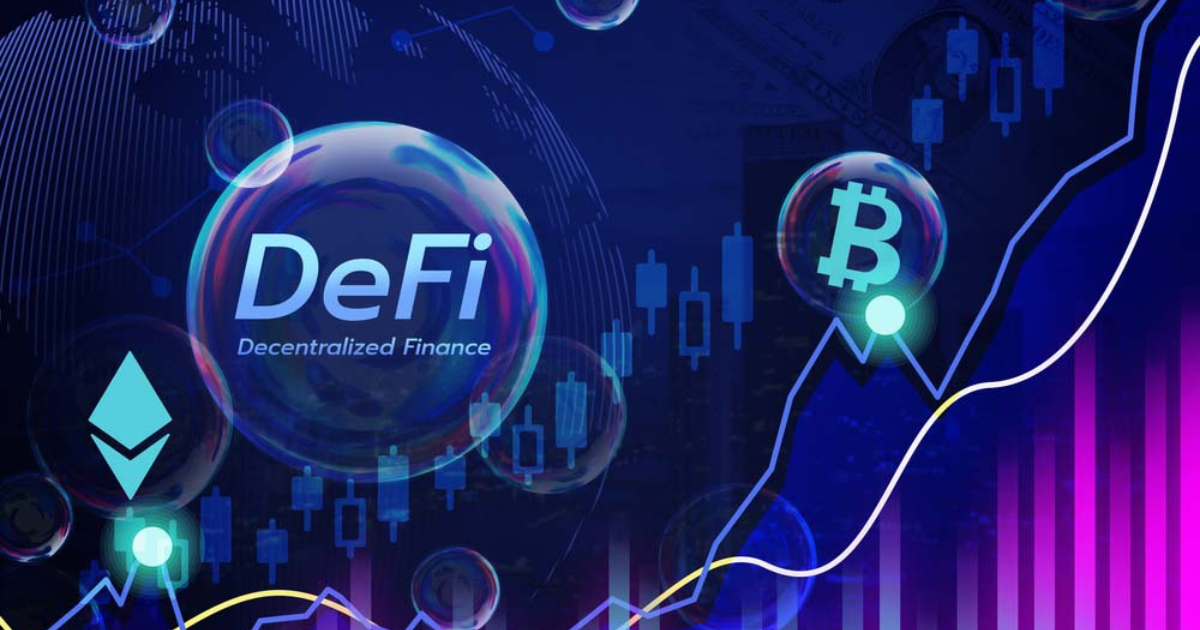The concept of DeFi Onboarding Cost comes up a lot these days. In simple terms, it’s how much work (and money) it takes to start using DeFi versus traditional finance. DeFi onboarding costs almost nothing—usually just a smartphone and internet. One industry veteran, 1inch co-founder Anton Bukov, put it bluntly: “Onboarding to DeFi literally costs zero.” This jaw-dropping claim is backed up by hard numbers.
Key Takeaways:
- Traditional banks spend $100–$300 per customer to onboard them, versus nearly $0 in DeFi.
- Ethereum congestion once made basic DeFi actions costly (e.g., ~$55 for a simple swap in 2020). Today, Layer-2s and UX improvements have slashed those fees.
- DeFi’s fees to start are essentially gone—it’s free money-wise, but still not always easy money-wise.
DeFi Onboarding Cost vs Traditional Finance

In traditional finance, costs pile up behind the scenes. Opening an account at a brick-and-mortar bank means salaries, branches, and forms. Anton Bukov notes that banks spend $100–$300 per user on verification. Even fully online banks can’t cut it to zero – they still spend around $20–$30 per new customer.
By comparison, DeFi platforms eliminate most of these expenses. With DeFi, there’s no teller, no branch, no manual paperwork. You just connect a wallet and trade.
In Bukov’s words, “You don’t need brick-and-mortar infrastructure or lengthy verification processes. Just connect and transact”. This makes DeFi extremely lean: reaching people who have nothing (no bank account, no credit history, just a phone) costs virtually nothing.
DeFi’s low onboarding cost is a big draw for supporters. It could open financial access to billions of people. Bukov argues that high bank fees are one reason 1.4 billion people globally remain unbanked.
With DeFi, anyone with a mobile device can enter the system. For example, he imagines someone exchanging a chicken for USDt stablecoins via a phone app, with almost no middleman fees. In short: TradFi charges high fees to onboard a customer, but DeFi essentially charges $0 – a massive advantage for the cost-conscious.
DeFi Onboarding Cost: Past vs Present

Of course, DeFi hasn’t always been cheap or easy to use. In the early days, network congestion and fees were a barrier. For example, a 2020 report noted that swapping Ether for Dai on Uniswap required about $55 in gas fees.
That meant only big traders (or token airdrops) could afford to play. In other words, past “onboarding” to DeFi had hidden costs: you needed some crypto (or fiat ramp) and had to pay large transaction fees just to start.
Over time things have improved. Layer-2 networks and cheaper blockchains have slashed transaction costs. Wallets and wallets-on-ramps have become more user-friendly. Yet the cost advantage remains the headline: you don’t pay the thousands in overhead that banks do.
However, many DeFi veterans admit the complexity is still a hurdle. A crypto forum user observed that from an ordinary person’s view, “ease of use and seamless onboarding are critical”. In other words, even if fees are low, confusing apps and wallet setups can still scare newbies away.
So while the raw DeFi onboarding fee is near-zero today, the real user experience is only now catching up. Still, compared to historical DeFi, modern platforms are much lighter. Where once a single transaction could cost $50+ in fees, today many transfers on layer-2s or alternative chains cost cents. In fact, some apps now let you start on-ramps (buying crypto with a card) in a couple of taps, with the protocol covering the small gas fee for you.
Crypto projects are even experimenting with account abstraction and social logins to hide complexity, aiming to make onboarding as smooth as a traditional app. These trends show how DeFi Onboarding Cost isn’t just about money – it’s also about cutting friction and time.
Lowering the DeFi Onboarding Cost Barrier

Because DeFi’s basic fee to join is so low, many projects focus on simplifying the process instead. For example, some wallets allow fiat-to-crypto on-ramps in-app, hiding the crypto jargon. Others pre-fund a tiny gas amount so a user can try DeFi features immediately.
The industry buzz is now on making everything “one-click” like Web2 banking. As one commenter put it, the crypto space needs apps “that will make everything easier with a few clicks or taps” – just like banking apps.
Despite progress, opinions vary. Some DeFi fans cheer the zero-cost model for financial inclusion, while skeptics caution that human factors (education, trust, UX) still cost real money and effort. On Twitter and forums, users note that low fees alone won’t solve lack of knowledge or fear.
But most agree: shaving off hundreds of dollars in fees per user is a huge step forward. With the DeFi Onboarding Cost now near zero, the next challenge is making it so simple that anyone (even a tech newbie) feels safe to jump in.
Conclusion

With costs almost eliminated, DeFi can theoretically open doors to millions who never had bank access. But will it? Do you think this “zero-cost” crypto model will truly onboard the next billion users, or will other hurdles slow it down?











